 Abraham Lincoln
If given the truth, the people can be depended upon to meet any national crisis...
Abraham Lincoln
If given the truth, the people can be depended upon to meet any national crisis...
 Guildford news...
for Guildford people, brought to you by Guildford reporters - Guildford's own news service
Guildford news...
for Guildford people, brought to you by Guildford reporters - Guildford's own news service
Birdwatcher’s Diary No.55
Published on: 16 Feb, 2014
Updated on: 16 Feb, 2014
By Malcolm Fincham
For me, the first few weeks of February should at best be titled ‘A tale of two sewage works’. The first of which was a visit to Unstead sewage farm near Godalming on Saturday, February 1, and a chance to meet up once again with Brian, the regular site recorder there.
He is a top birdwatcher who keeps a regular watch on all that passes through his ‘patch’. I was also hopeful of catching sight of a firecrest he had sighted there recently while on one of his daily patrols. It was only the third firecrest ever recorded there.
These birds are the rarer version of their close cousins the goldcrest, which is the smallest of our British species. Unfortunately, being so small and active it can often be hard to tell them both apart and even more difficult to photograph. Despite much effort I have had to dip back into my archives to show one I took a few years ago. I have added a clip to show a better comparison.
Along with the firecrest, I was fortunate to pick out and photo one of three chiffchaffs there, feeding in the same dense hedgerow with a mixed flock of tits and finches as well as goldcrests.
A second visit later that week showed no more sign of the firecrest, but I caught sight and pictured a common buzzard drifting, though undaunted, as it was harassed by a number of crows.
The following day it was the turn for the Slyfield sewage works and the surrounding area. With much patience, I got a record shot of a pair of goldcrest.
There were also the usual various mixed flocks of tits and finches. I took a picture of one of a small flock of long-tailed tits as they worked their way through the hedgerows seeking food.
I also had distant views of those timid bullfinches as they flew out from the hedgerow, leaving me no chance to catch a photo – but just to watch their white rumps as they flew off down the track in the direction of the recycling depot.
A walk to Bowers Lock didn’t turn out to be very productive, just hard going with water once again breaching the banks of the river in many places. The intention of continuing my walk in the direction of Triggs Lock was abandoned due to the flooded towpath.
Elsewhere around the Guildford area, although quiet in the way of rare species of birds, many of our resident and winter visiting species could be viewed.
With many people suffering from unwanted water features in their gardens in the areas surrounding Guildford town centre, and in more rural locations too, it can be quite surprising what unusual birds might appear. I have seen grey herons and grey wagtails in such places on my travels.
On January 31, four little egrets made a brief return to Shalford Meadows, but as more rain fell throughout the first two weeks of February water levels there once again have become too deep to cater for them.
On February 8 however, as many as 14 could be seen on the flooded meadows in Chilworth; while also in areas surrounding Guildford our majestic common buzzards continue to grace the sky on sunny days.
Meanwhile back at Stoke Lake on February 11, as well as the regular sightings there, I was pleased to see the arrival of a pair of gadwall out on the lake. Unfortunately, with light starting to fade, I was only able to get a few distant record shots.
Even with a brief respite, my original thoughts of a cold winter have been dismissed with the stormy weather we’ve all had to put up relentlessly carried on an Atlantic jet stream conveyor belt.
On February 13 I returned to Stoke Nature Reserve to make the most of a few hours of sunshine. Although the gadwall were no longer present, to get better photos of, with an encouraging sound of a chiffchaff calling briefly it turned out to be quite a productive afternoon.
There were plenty of fieldfares and redwings (click here for You Tube clip) present in the hedgerows and out on the field at the southern end of the lake.
I was especially pleased to get close enough for a reasonable shot of a fieldfare as it made its ‘chack, chack, chack’ call while it sat high in a tree, and a second shot as it flew off in a panic with the rest of the winter thrushes in the surrounding area.
The reason being that they had spotted a sparrowhawk gliding overhead in search of a meal. Unfortunately, the sparrow hawk moved too fast for me or my camera and so I have included a picture taken for a previous report.
On the lake the usual amount of mallards, tufted duck, coot and moorhen, along with the resident pair of great crested grebes could be viewed.
The occasional cormorant passed over and a flock of black-headed gulls wheeled over the water still in their winter plumage.
One particular addition Iwas pleased to see and get a record shot of however was a little grebe – the first I had seen on the lake this winter.
My best pictures of the afternoon had to be when I finally caught up with those timid bullfinches! This time it was quite close to the lake. There was a small group of about four or five males and females feeding in a hedgerow on the buds of a hawthorne – one of their favourite food sources at this time of the year.
As with many types of finches I’ve observed trimming trees of some of their buds, it’s a shame to think that bullfinches were once persecuted for helping themselves to buds in apple orchards during springtime. They are now considered a protected species and rightly so in my view.
I was just pleased to get close enough to such beauty and to capture a few delightful pictures of a male and female as they fed.
Recent Articles
- Guildford Institute’s Crowdfunding Project for Accessible Toilet in its New Community and Wellbeing Centre
- Letter: Guildford – Another Opportunity Missed?
- Letter: GBC’s Corporate Strategy – Where Is the Ambition?
- My Memories of John Mayall at a Ground-breaking Gig in Guildford Nearly Six Decades Ago
- Westborough HMO Plans ‘Losing the Heart of the Street’ Says Resident
- College Invests to Boost Surrey’s Economy and Close Digital Skills Gap
- Community Lottery Brings Big Wins for Local Charities
- GBC Housing Plan Promises ‘A Vibrant Urban Neighbourhood’ Near Town Centre
- Hospital Pillows ‘Shortage’ at the Royal Surrey
- Updated: Caravans Set Up Camp at Ash Manor School


Search in Site
Media Gallery
Dragon Interview: Local Artist Leaves Her Mark At One of England’s Most Historic Buildings
January 21, 2023 / No Comment / Read MoreDragon Interview: Lib Dem Planning Chair: ‘Current Policy Doesn’t Work for Local People’
January 19, 2023 / No Comment / Read MoreA3 Tunnel in Guildford ‘Necessary’ for New Homes, Says Guildford’s MP
January 10, 2023 / No Comment / Read More‘Madness’ for London Road Scheme to Go Ahead Against ‘Huge Opposition’, Says SCC Leader
January 6, 2023 / No Comment / Read MoreCouncillor’s Son Starts Campaign for More Consultation on North Street Plan
December 30, 2022 / No Comment / Read MoreCounty Council Climbs Down Over London Road Works – Further ‘Engagement’ Period Announced
December 14, 2022 / No Comment / Read MoreDragon Interview: GBC Reaction to the Government’s Expected Decision to Relax Housing Targets
December 7, 2022 / No Comment / Read MoreHow Can Our Town Centre Businesses Recover? Watch the Shop Front Debate
May 18, 2020 / No Comment / Read More



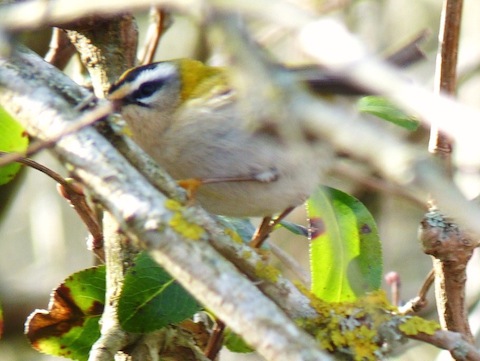
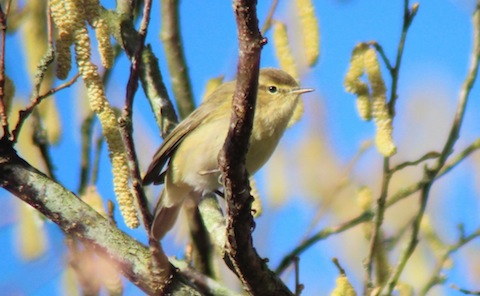
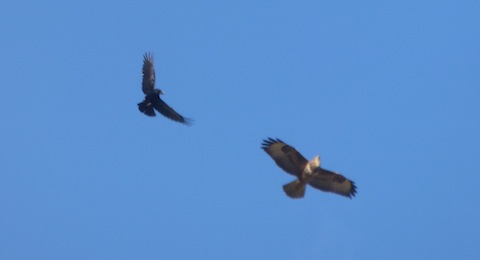
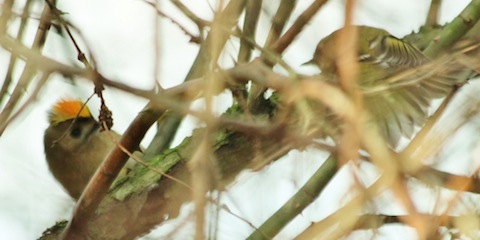
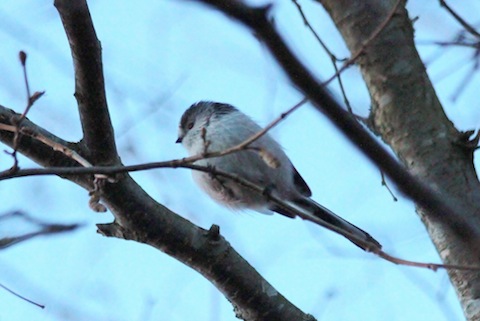
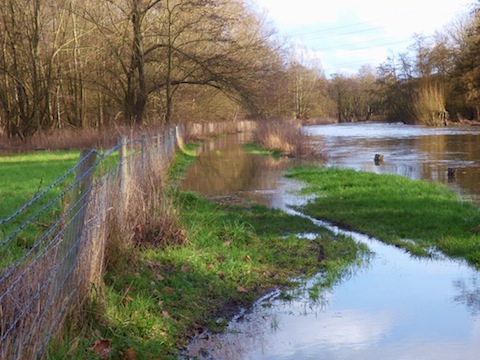
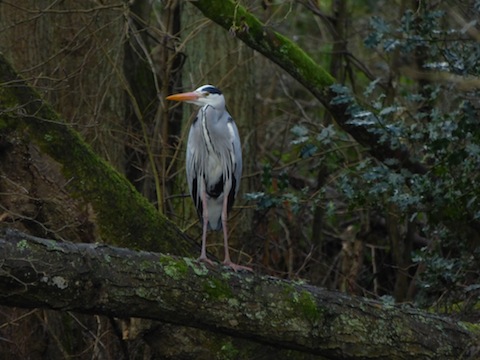
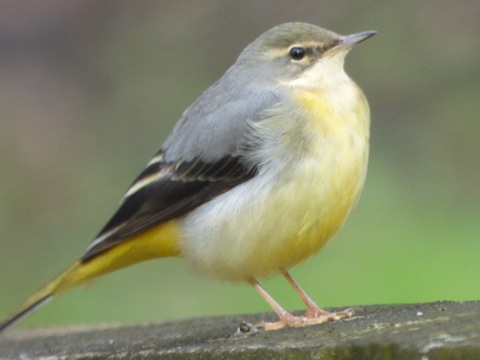
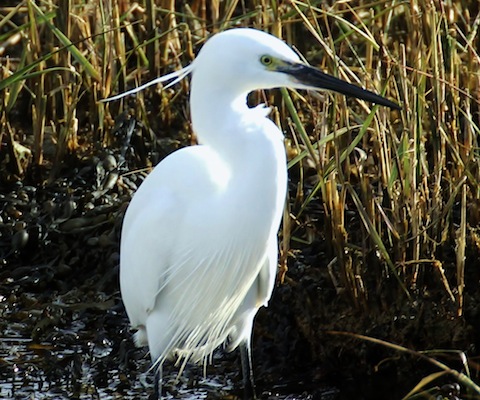

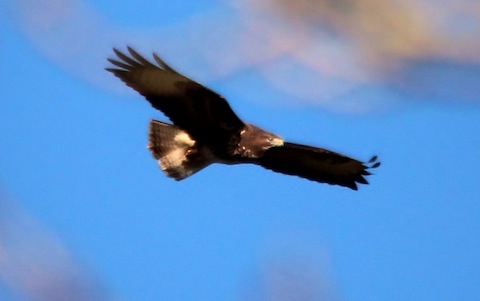
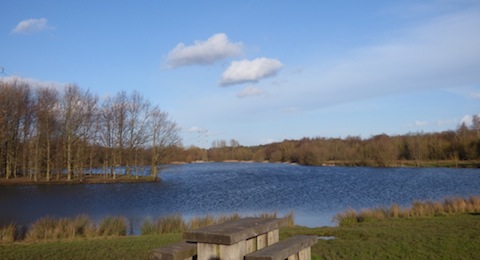
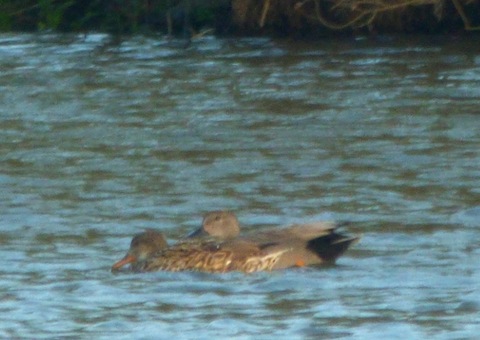
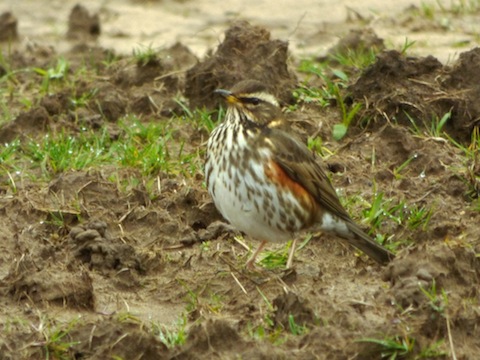
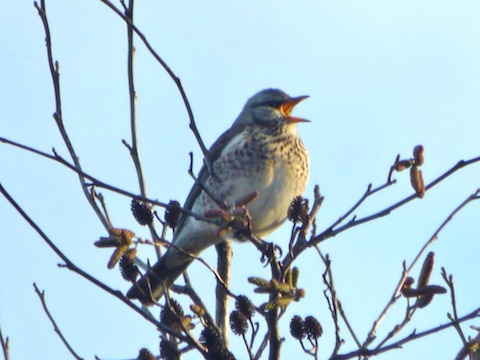
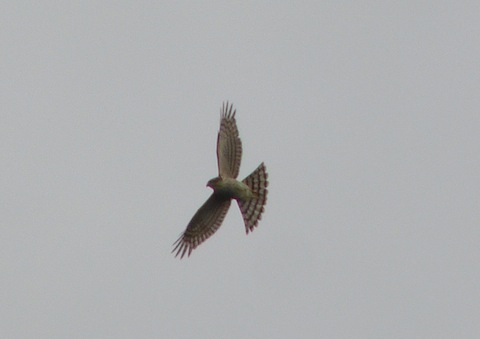

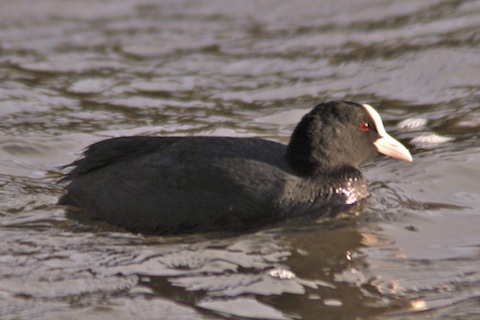
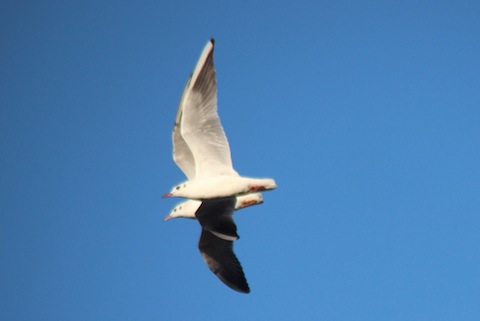
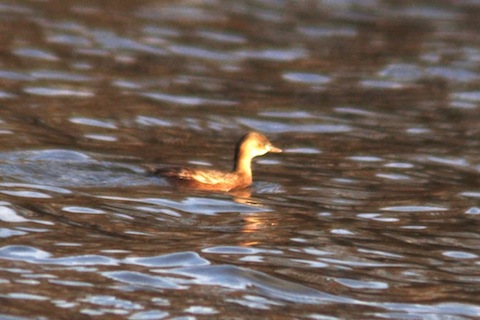
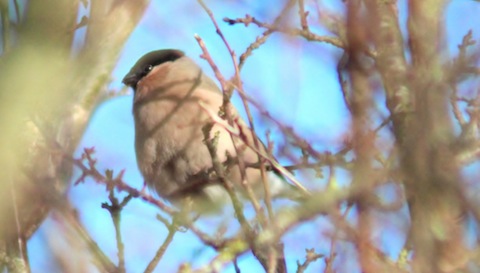
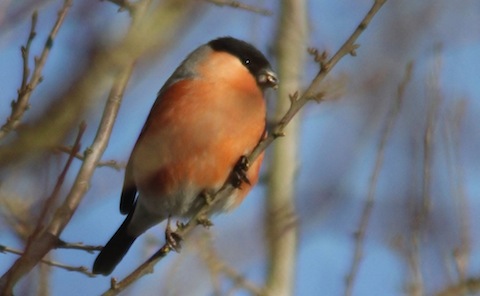






Recent Comments